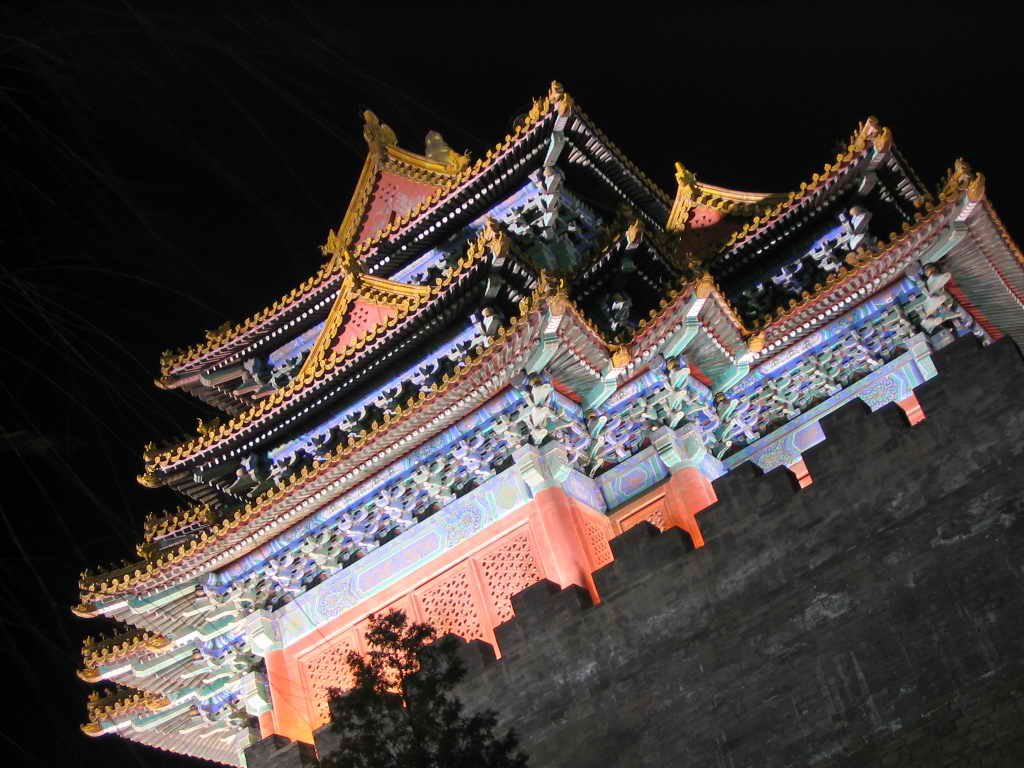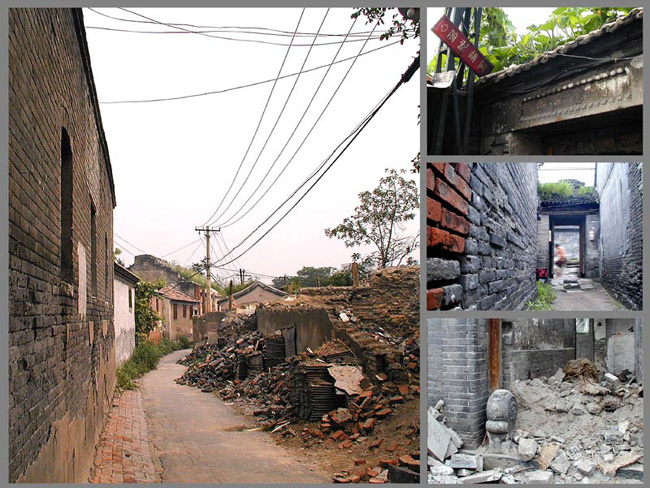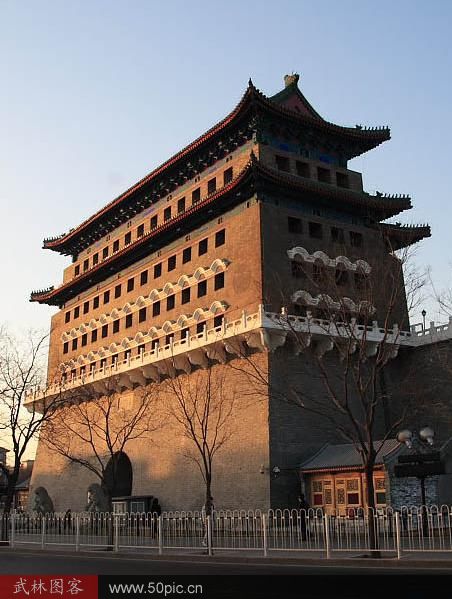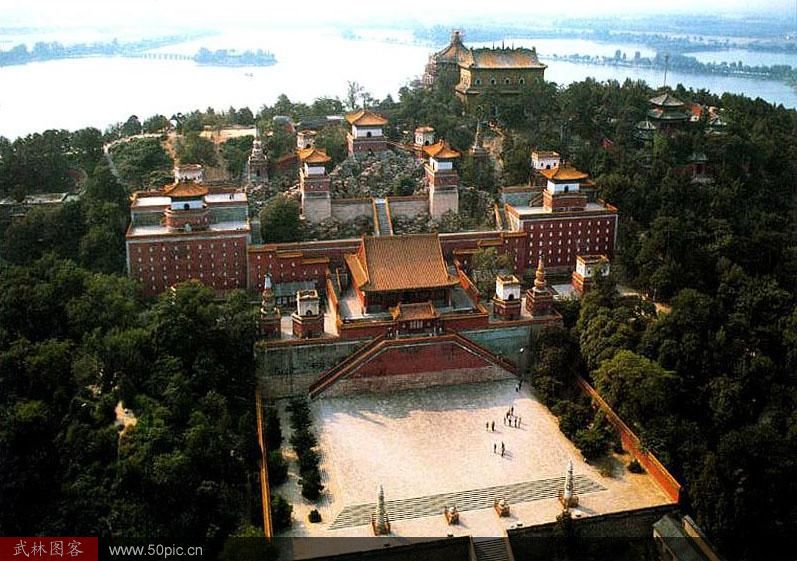in some cultures what i do iz considered normal
Your position:Home->china tour-> One of the top four ancient cities:Beijing

ancient Beijing

ancient Beijing

ancient Beijing

ancient Beijing
Ancient China Qin Dynasty &
Han Dynasty
Where Ji (Beijing today) was situated was a strategically
advantageous location for development. It's situated
on a small plain with three sides closed off with
surrounding mountains, and expansive rolling plains
to the south. Leading to the south were a number of
gorges such as Shangguan Pass, Juyongguan, and Nankou
Pass (south entry pass). To the northwest, there is
Badaling
(Eight Prominent Peaks, which happens to be a popular
tourist destination for Great
Wall Tours today), leading to the Mongolian plateau.
With this, Ji was a strategic communications hub between
the north and the south.
In 221 BC, the famous emperor Qin Shi Huang (259-210)
of Qin state annexed the other 6 states and established
the first feudal dynasty in China. At this time, there
were often invasions from the Northwest, which made
Ji (Beijing) a strategic point to fend of invaders
from the north. (The army
of Terra-cotta warriors was unearthed from the
mausoleum of Emperor Qin Shihuang.
Over a period of 1,000 years between the Qin Dynasty
to the end of the Han Dynasty, Ji eventually developed
into a large city, and became a trade center between
the north and the south
History of Beijing China - Ancient
China Dynasty (Sui, Tang Dynasty)
Here's a brief timeline of Ji (Beijing), for periods
around 600AD:
- 611AD, Emperor Yangdi (569 - 618) of Sui Dynasty
sailed from Jiangdu (nowadays called Yangzhou in
Jiangsu Province) to Ji in dragon boats with hundreds
of officials after a 50 day voyage
- 645AD, Li Shimin (599 - 649) of Tang Dynasty
stages a rally south of Ji (Beijing)
- During end of Tang Dynasty and the end of the
5 dynasties (around 960Ad), Qidan (a national minority)
occupied the city of Ji, and changed its name to
Nanjing (Southern Capital)
- Ji became the secondary capital of the Liao Court,
reigning from 916 to 1127AD.
- In 12th century, the Nuzhen people replaced the
Liao regime, and moved their capital to Youzhou
(city of Ji), and renamed it Zhongdu (Central Capital)
- they began large scale construction at the city
of Nanjing. When constructions completed, the newly
built Zhongdu had 3 layers of city walls with a
perimeter of 32.5 KM.
- Zhongdu developed into a flourishing city and
became a central hub for trading and commerce
History of Beijing City - Invasion
of Mongolians to Current Day Beijing (Ming Dynasty,
Qing Dynasty)
The mongolian calvary, fearsome and powerful at that
time period, invaded and destroyed the imperial city.
Here's a timeline of that period:
- 1260AD, Kublai Khan (1215 - 1294, grandson of
Genghis Khan came to Yanjing, and decided to make
Yangjing the capital city and built the city of
Dadu (Great Capital), and thus came the new reigning
Yuan Dynasty (1279 - 1368) - this construction of
Dadu of Yuan Dynasty set the layout of the city
of Beijing today
- 100 years after construction of Dadu, Zhu Yuanzhang
(1328 - 1398, founder of Ming Dynasty) became the
new emperor in Nanjing (south of Yangtze River)
- During this time, Xu Da (famous general of early
Ming Dynasty) captured Dadu and changed its name
to Beiping (northern peace).
- Zhu Di (1360-1424, 4th son of Zhu Yuanzhang, became
emperor in 1403.
- 1421AD Zhu Di changed the name of the city to
Beijing, and after completion of the Forbidden City,
moved the capital from Nanjing to Beijing. The construction
took 14 years to rebuild the model of Nanjing in
Beijing, which formed the layout of Beijing city
today
- 1564AD, an outer city was built to the south,
forming the inner and outer city of Beijing. Inner
city wall of Beijing ran 6,650 meters east to west,
5,350 meters north to south
- Qing Dynasty (1644 - 1911) inherited the palaces
of the Ming Dynasty, and spent a considerable fortune
building two palaces in the western suburbs.
- YuanMingYuan (Old Summer Palace) was destroyed
by Anglo-French allied forces. Later the new Summer
Palace was built (YiHeYuan).
- 1949, Beijing officially became the capital of
the People's Republic of China (PRC).
The Above was a rather brief timeline of Beijing
city's history dating all the way back to Qin Dynasty
up to present day when Beijing became PRC's capital
- a rich and tumultuous history to say the least.
What's more interesting and inspiring is that much
of this splendid history has been preserved and open
for public viewing and touring. Historical monuments
such as the Forbidden
City and the Grandeur of the Great
Wall of China are wondrous sights to behold and
to be part of. To visit and experience this, is something
that you will remember for a life time.






